“It’s time to put the lid on dust,” Trajce advocates. Engineered stone, silica exposures, this has all been in the media of late. The trio, Alan, Trajce, and Sara, discuss who is vulnerable to these exposures and why, and what are the most pervasive causes. Trajce argues that the regulators must not demonise one hazard exposure type or cause of risk, but to be pragmatic and participatory in determining the containment of work exposures and safety of work.
Alan argues the case that even when a business adheres to the workplace advisory exposure standards for respirable dust, it does not matter when evaluated by a regulator. Trajce reminds us that dust is everywhere and can present when using products, like timber, concrete, marble, or other engineered stone, and we see their use in industries, like construction, forestry services, urban amenities, manufacturing, quarrying, and mining.
Sara begs the question, “Are you an intentional designer or an accidental designer?” She argues that making decisions that impact on workers and systems may cause accidental trade-offs if the decision-maker does not consider these impacts well, and just because you make decisions, does not make you a strategic work designer, or an intentional designer. She pays tribute to a friend and mentor, Peg Pinard of San Luis Obispo County. In her ode to Peg, she reflects on the concerns about engineered stones and the smoking ordinances instituted and pioneered by this Californian City and the County.
